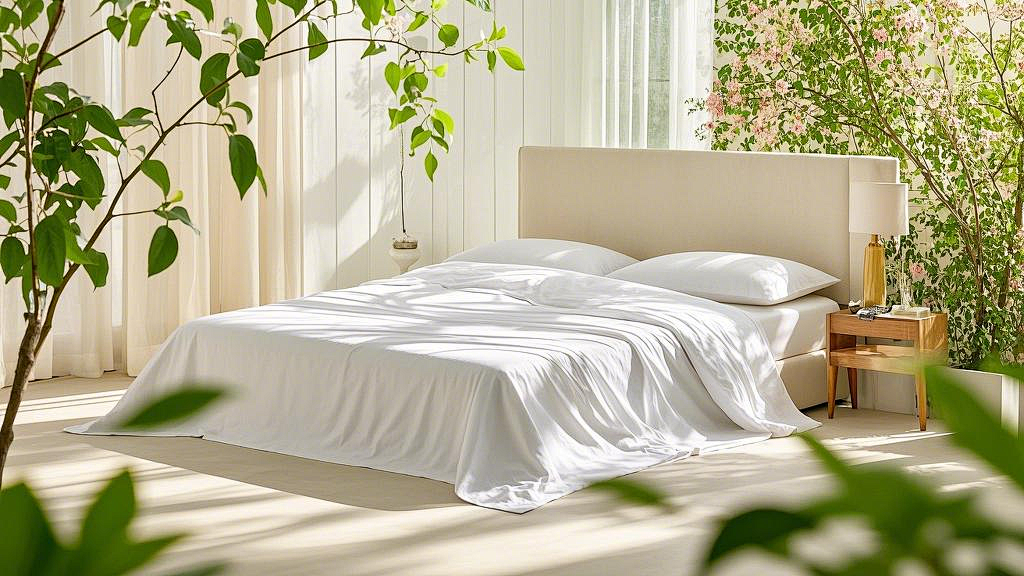
The Ultimate Guide to Hotel Linen Selection and Maintenance: Balancing Sleep Quality and Costs
Share
Why Linen Sets the “First Impression”
Guests’ first physical experience with a hotel is the bed linens, blankets, and towels. Feel, cleanliness, and scent are key to guest reviews and return rates. Scientific selection and maintenance can enhance guest satisfaction while controlling CPOR (Cost Per Occupied Room).
Selection Tips
-
Fabric
- 100% Cotton: Soft, breathable, and highly absorbent, ideal for luxury hotels.
- Polyester-Cotton Blend (T/C 80/20 or 65/35): Durable and easy to maintain, suitable for business hotels and high-turnover environments.
- Bamboo Fiber/Tencel: Delicate feel and excellent breathability, great for resorts and warm climates.
-
Weave Specifications
- Bedding: Pay attention to yarn count and weave type (e.g., 40S/60S; satin weave for smoothness, plain weave for durability).
- Towels: Typically 500–650gsm for a balance between comfort and drying speed; pools/spas can go higher.
-
Sizes and Colors
- Make sure sizes match mattress depth (extra-long sheets for thicker mattresses).
- White or off-white is preferred to maintain a clean, uniform look.
-
Durability and Shrinkage
- Ask suppliers for shrinkage and chlorine/oxygen bleach tolerance reports. Pre-wash for shrinkage before putting on beds.
-
Certifications and Sustainability
- Look for OEKO-TEX or other non-toxic certifications; choose long-lasting fabrics to reduce frequency of replacements.
Washing and Maintenance Process
- Sort by color/quality: Separate whites and colors, bedding from towels.
- Chemicals: Prefer oxygen bleach over chlorine; maintain pH 6.5–7.5.
- Drying and Ironing: Avoid over-drying to prevent fiber damage; use low heat for satin fabrics.
- Odor Management: Use low-residue formulas with light fragrances to avoid allergies.
Disposal and Restocking
- Disposal Standards: Holes larger than 1cm, stains that can’t be removed, fraying fibers, or severely yellowed items.
- Reuse: Items can be repurposed for cleaning cloths or engineering use.
- Inventory Models: Estimate using PAR multipliers (3.5–4 PAR recommended), with extra stock for peak seasons or spas.
